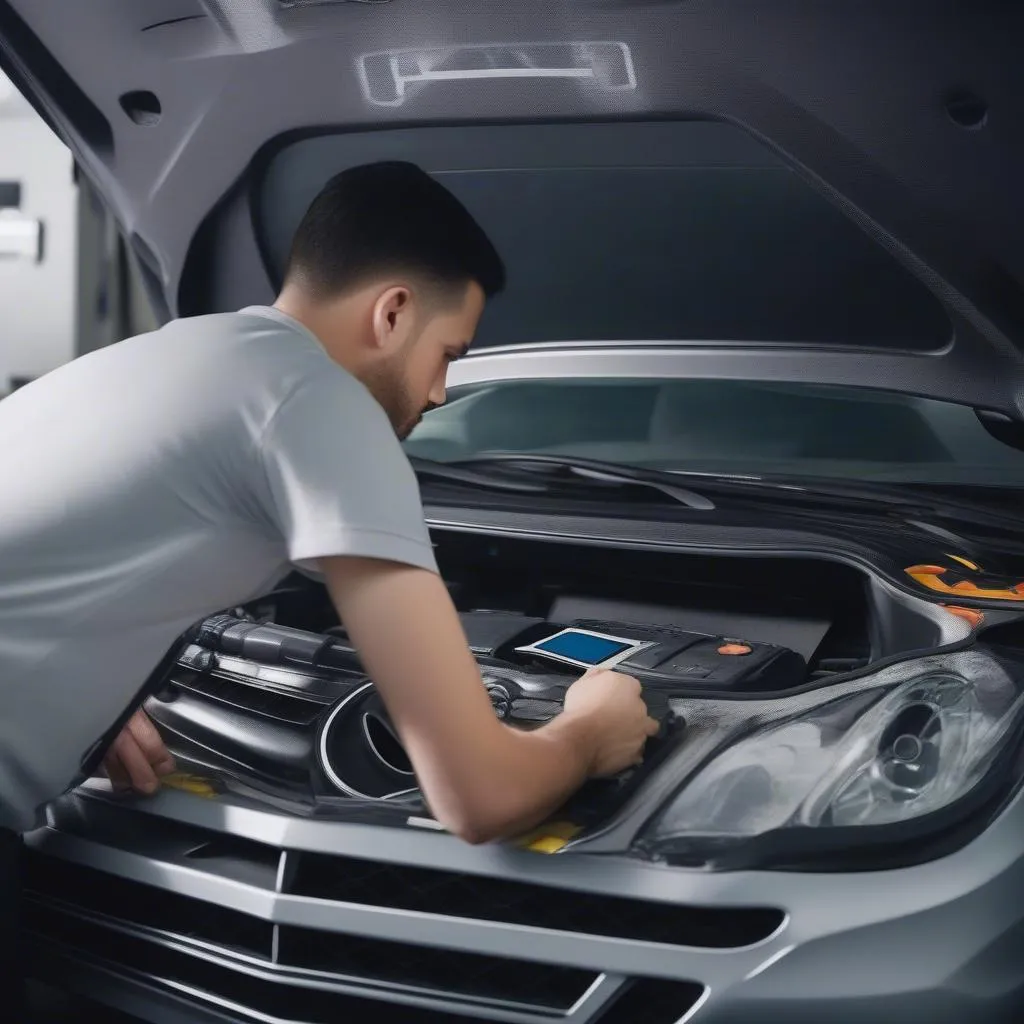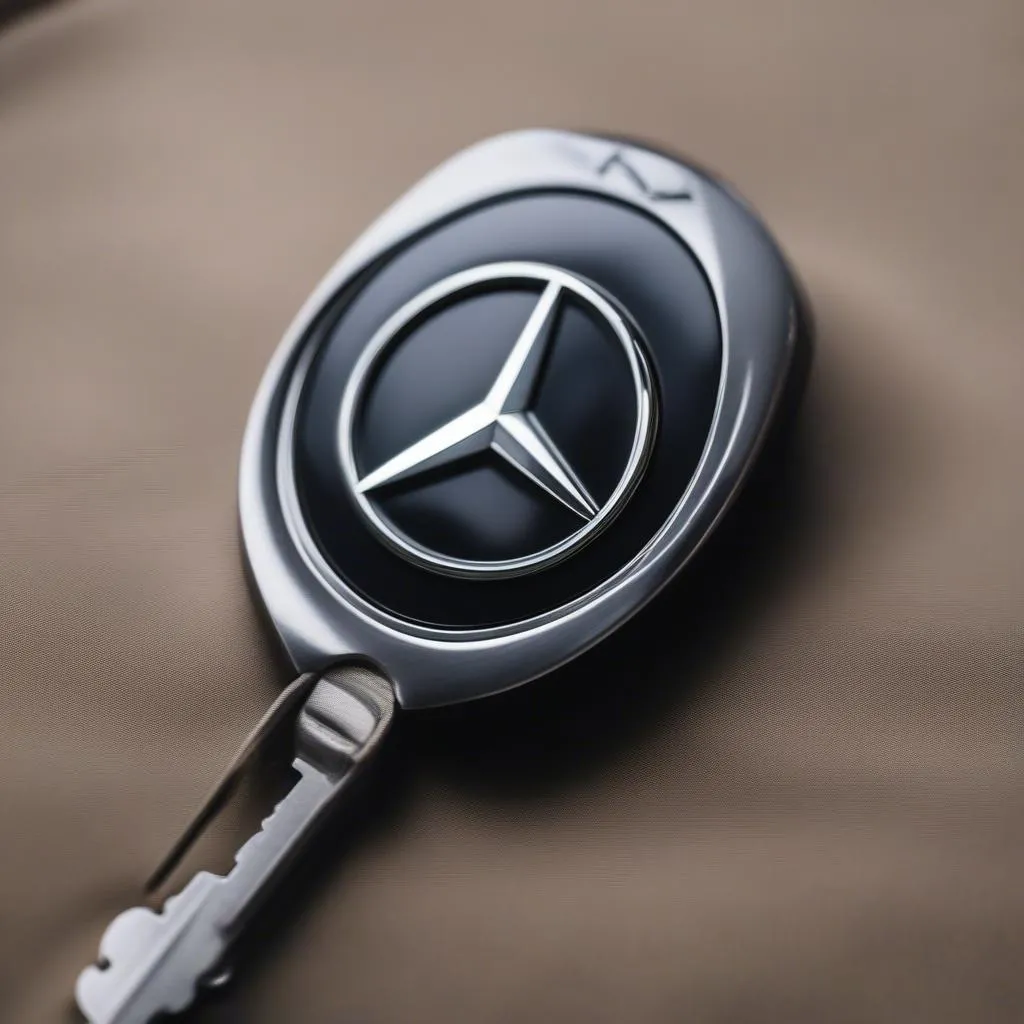The Mercedes W13, with its radical design, was plagued by severe porpoising during the 2022 Formula 1 season. This bouncing phenomenon, witnessed across many teams, was particularly noticeable in the Mercedes, raising the question: has Mercedes fixed porpoising?
Understanding the Porpoising Problem
Porpoising, also known as ground effect bouncing, occurs in cars with ground effect aerodynamics. The ground effect generates downforce, sucking the car to the track. However, at high speeds, the airflow can stall, causing the downforce to fluctuate rapidly. This leads to a cycle of the car being pushed down and then bouncing back up, resembling the movement of a porpoise swimming through water.
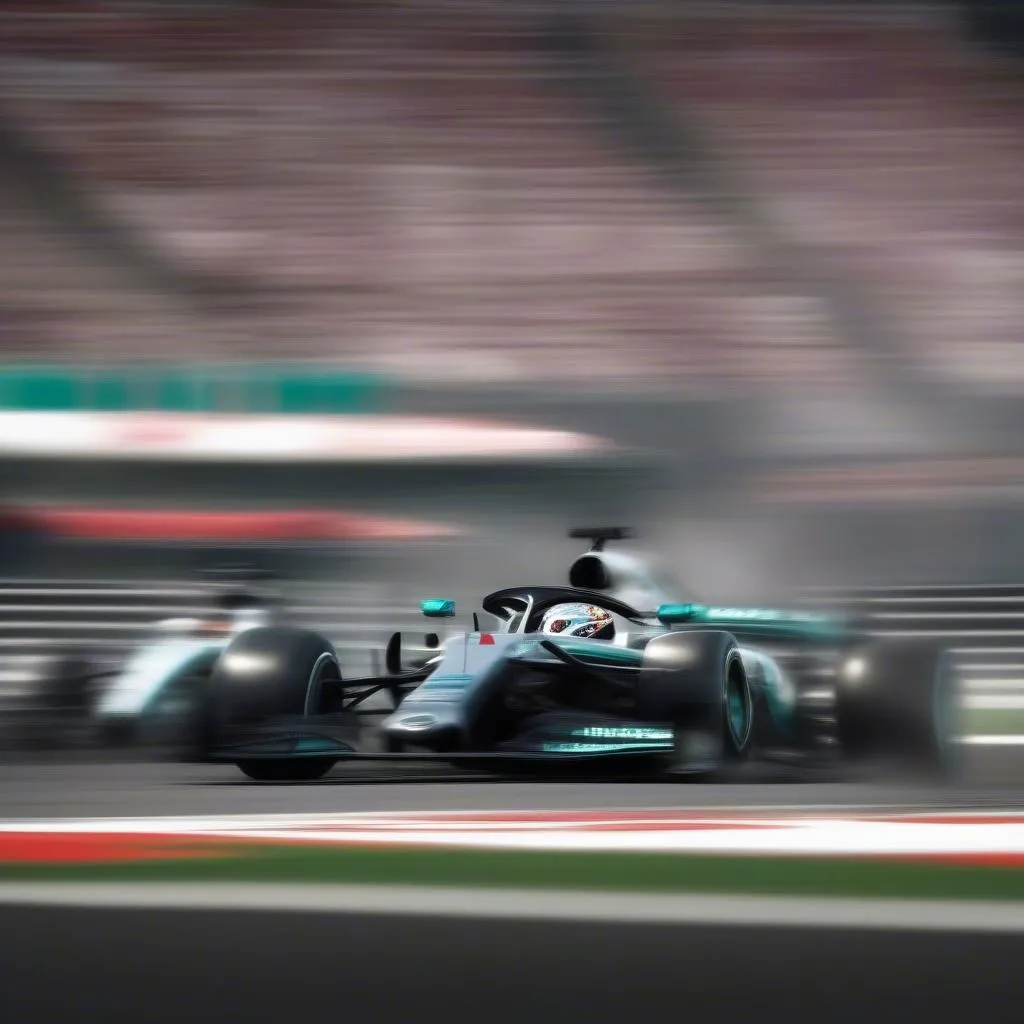 formula-1-car-bouncing
formula-1-car-bouncing
Identifying Porpoising in a Mercedes
While not exclusive to Mercedes, porpoising was very evident in their cars. Visually, you’d see the car bouncing violently, particularly on straights and at high speed. This bouncing isn’t just uncomfortable for the driver; it’s detrimental to performance, causing:
- Loss of downforce: Reducing grip and cornering speed.
- Increased tire wear: Leading to unpredictable handling and potential tire failures.
- Driver discomfort: Making it difficult to control the car and focus on racing.
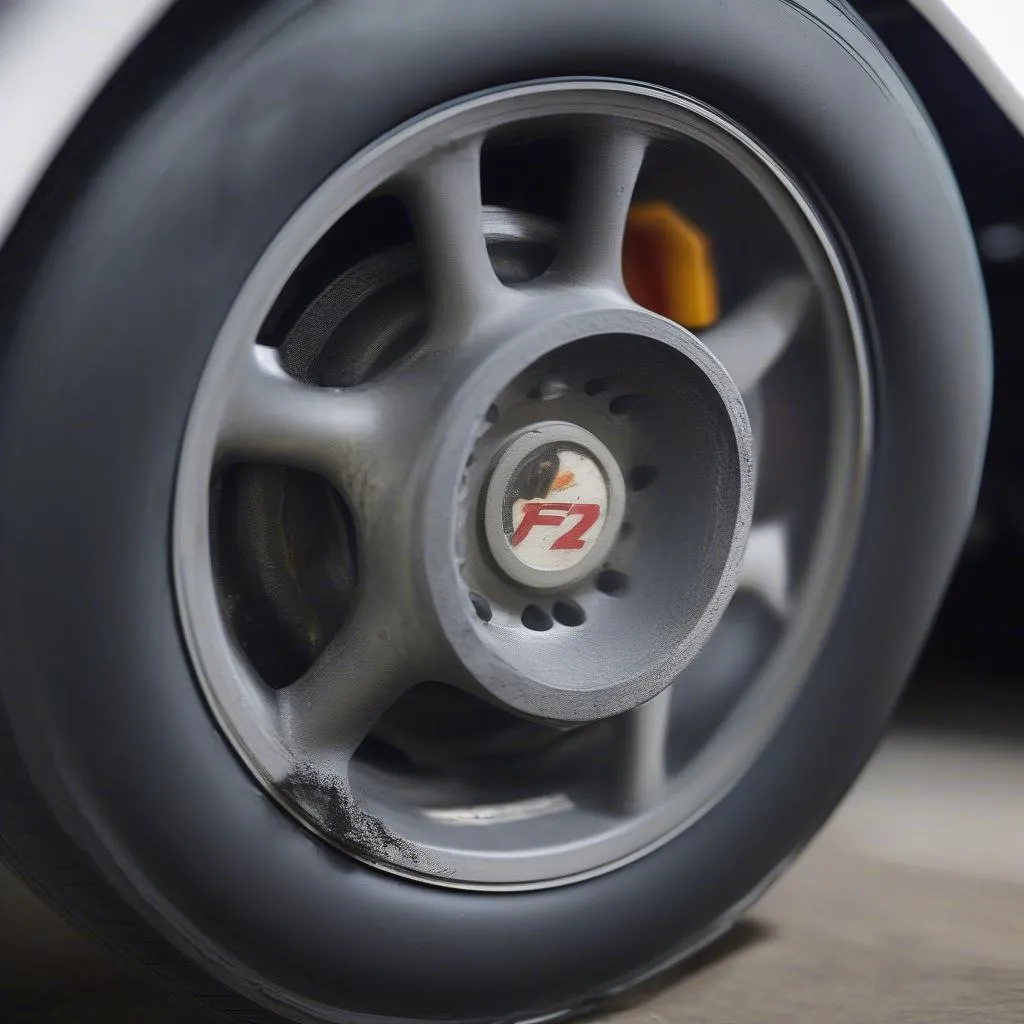 close-up-worn-tire
close-up-worn-tire
Addressing the Issue: How Mercedes Tamed the Bounce
Mercedes, like other teams, implemented a series of changes to mitigate porpoising:
- Raising Ride Height: Increasing the car’s ground clearance reduces the sensitivity of the ground effect, minimizing the airflow fluctuations that cause porpoising.
- Adjusting Suspension Setup: Stiffer suspension helps control the car’s vertical movement, preventing excessive bouncing.
- Aerodynamic Modifications: Tweaks to the floor, diffuser, and other aerodynamic components can help stabilize the airflow and reduce the likelihood of porpoising.
“Solving porpoising wasn’t a quick fix,” says Dr. Emily Carter, a hypothetical automotive dynamics engineer, “It required a deep understanding of aerodynamics and a meticulous approach to testing and refining various solutions.”
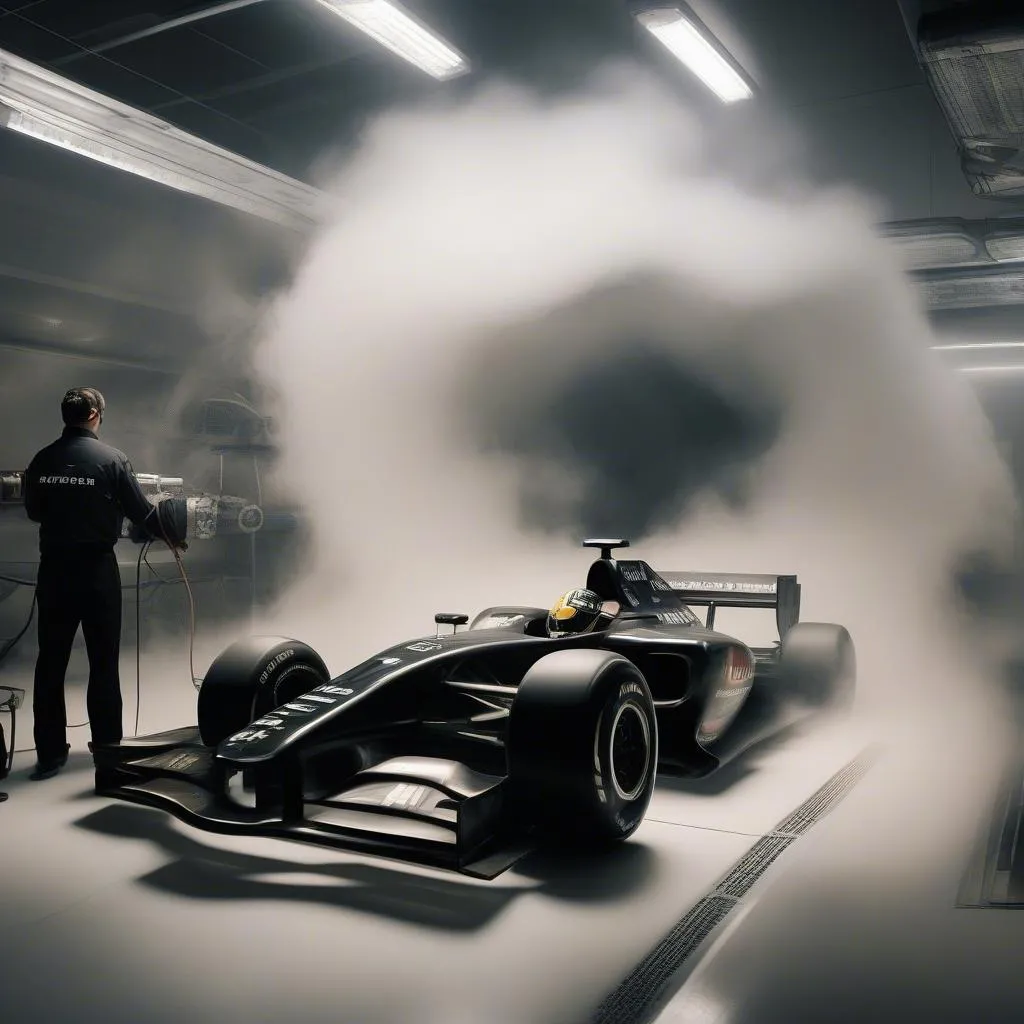 aerodynamic-testing
aerodynamic-testing
Has Mercedes Completely Eliminated Porpoising?
While the extreme bouncing seen in 2022 has been significantly reduced, porpoising can still occur in certain conditions. Modern F1 cars are incredibly sensitive to setup changes, and factors like track surface, temperature, and even wind can influence whether porpoising occurs.
FAQs: Mercedes Porpoising and Automotive Diagnostics
Q: Can I diagnose porpoising in my Mercedes road car using an OBD-II scanner?
A: Porpoising is specific to high-performance race cars like the W13 and isn’t something you’d experience in a road car. OBD-II scanners are designed to diagnose engine and emissions-related faults, not aerodynamic instabilities.
Q: What are some common issues an OBD-II scanner can help me diagnose?
A: OBD-II scanners can help identify issues like engine misfires, oxygen sensor problems, and emissions control system faults.
Q: Can you recommend any reliable OBD-II scanners?
A: Cardiagtech offers a range of high-quality, professional-grade diagnostic tools, including OBD-II scanners, that can help you quickly diagnose and troubleshoot automotive issues.
Conclusion
Mercedes has made significant strides in mitigating porpoising. While the issue may not be entirely eradicated due to the complexities of F1 aerodynamics, the team’s continuous development and innovative solutions have greatly improved the car’s performance and stability. For everyday Mercedes owners, porpoising isn’t a concern, but utilizing diagnostic tools like those offered by CARDIAGTECH can help keep your vehicle running smoothly.

